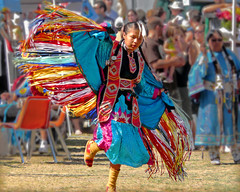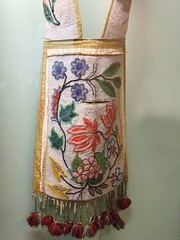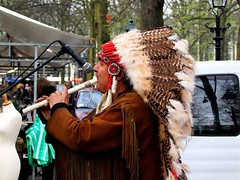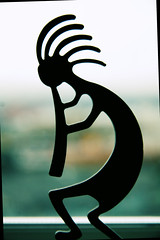There has been an increasing interest in male sexual enhancement solutions and it stands to reason that it may be difficult to decide which product is right for you. On MensBlogTalk.com you can hear what real people are saying about Sarsaparilla
To get up to date information on Sarsaparilla, check out the in-depth review on the respected TheMansChoice.com
Review Summary
Sarsaparilla is the root of a vine native to tropical areas in the Western Hemisphere and used by the indigenous peoples there for a variety of conditions, including impotence and sterility. It is becoming popular as a male enhancement drug because some believe it helps the body produce testosterone. Not all experts agree and the verdict is out, as consumers have not experienced the so-called benefits and testing has not confirmed the claims.
Ingredients At A Glance
This plant, and the medicinal compounds made from its root, should not be confused with sasparilla, which is derived from a tree and used as a flavoring for root beer. Sarsaparilla, or Smilax, is a woody vine in the lily family that grows in the rainforest. It produces climbing tendrils, flowers and berries, but the medicinal part used by humans is the root, which can grow to 6 to 8 feet. Sarsaparilla can be made into a tea and is also sold in capsules.
Ingredients In Focus
Sarsaparilla root has been used by natives of tropical regions of the Western Hemisphere - Central and South America and the Caribbean - for centuries. It was brought back to Europe by explorers who noticed the way it was used as a medicine: It is a detoxifier, anti-bacterial, digestive, pain reliever, anti-fungal, anti-inflammatory and antioxidant that is used to relieve fever and rheumatism. It was used to treat syphilis until the early 20th century. It has also been used to treat impotency (erectile dysfunction, or ED) and sterility in traditional societies. There is not actual proof that this herb has carried out the purported functions. The root contains plant steroids and saponins, which some claim help the body to produce testosterone (activity has been demonstrated in laboratories but not in the human body as yet). The saponins are also believed to help the body absorb other nutrients and make the ingredients in natural supplements more bioavailable.
Lifestyle
While it is used to treat ED in the rainforest, perhaps in conjunction with other elements that those outside that environment know nothing around, Sarsaparilla has not been shown to have any efficacy in the production of testosterone or in promoting circulation to the genitals to aid erectile function. Some plant steroids have been shown to be a precursor to hormone production in the laboratory, but these effects have not been duplicated in the human body. Sarsaparilla, however, is known to be a healthy general tonic and to help the body absorb other nutrients, so it could be a good addition to a male enhancer that contains other, proven ingredients like Tribulus Terrestris and Yohimbe. It is available as a supplement by itself or in combination with other ingredients. There are no known adverse side effects, although taking large doses is thought cause some irritation to the gastrointestinal tract.
Positives
• Contains plant steroids and saponins
• Possible general tonic for health
Negatives
• Not proven effective in treating ED
• May work better when combined with other ingredients
Final Thoughts
Some marketers of Sarsaparilla claim that it contains testosterone; this is patently false as no plant materials so far have been shown to contain that hormone. Others claim that the plant steroids and saponins in this root are involved in conversion to testosterone, but this so far has not been clinically proven. This is likely why most men who have commented on using this herb for sexual enhancement do not have anything good to say. This ingredient is a very useful one, medicinally, but not so much for ED or other male sexual dysfunctions. We would recommend it only as part of a combination supplement that contains powerful enhancers like Tribulus Terrestris and Yohimbe and/or Damiana. The links posted above will direct readers to consumer provided information on hundreds of male enhancement products. The resources are quite popular among men who are conducting searched for male enhancement methods.
About the Author
Shane Crafton is a diet editor, who's team specializes in health, fitness and weight loss reporting.
Native America








